Spinning a distraction
words by Alissa Barton, fiber and yarn photos by Alissa Barton, photo of Alissa by Brad Barton, photos of sheep by Sian Tarrant
Anyone who follows my social media (see bio at end) will have noticed I spent the very early part of 2020 spinning some gorgeous purple roving. As a handspinner, I appreciate the story behind the wool, and this particular wool and this particular sheep have a fascinating story.
North Ronaldsay is a tiny, remote island off the coast of Scotland – part of a group of islands called the Orkney Islands. North Ronaldsay is the northern-most of these islands, lying farther north than the tip of Norway. The island was inhabited as early as the Iron Age, and some stone buildings from this era still stand. Nobody knows for certain how or when the sheep came to the island, but the North Ronaldsay sheep are part of a group of sheep breeds called Northern European Short-tailed Sheep. These are tiny little sheep, very primitive in their genetics – meaning they have not been bred or “improved” by mixing with other breeds to change characteristics such as meat yield or fiber quality. They stand only about 16 inches tall at the shoulder and weigh about 55 pounds or so. Each sheep produces a fleece weighing only about 2 pounds. Compare that to your average Merino fleece which can weigh upwards of 25 pounds and you can begin to see why there isn’t much North Ronaldsay wool in the market.
There are two main flocks in the world: one on North Ronaldsay and another that was moved to Orkney in the 80s. The North Ronaldsay flock is community owned, with each crofter being allowed to own so many. The flock is governed by the world’s only remaining “Sheep Court,” which originally consisted of 11 men (10 locals and a vet), but these days anyone with a stake in the flock is welcome. Only 50 people remain to inhabit the island which used to support about 500. Most of the population is older; the last student graduated and the school was shuttered years ago.
Other than their remarkable size, there is one more special thing I find fascinating about North Ronaldsay sheep. They eat only seaweed! Back in the early 1800s most of the people who lived on the island made their living harvesting seaweed and turning it into soda ash. The market for soda ash collapsed, so the decision was made to turn the islanders into farmers instead. The world’s longest dry stone wall (or sheep dyke) was built from native rock around the entire perimeter of the island – over 13 miles of wall. This wall keeps the sheep on the shore and allows the inhabitants to improve the interior of the island to better suit the raising of food crops and farm animals, including other breeds of sheep and cattle. The entire island isn’t very large, only about 2.7 square miles, so there isn’t much room for even that. The dyke keeps the sheep on the shore where their food supply is and also keeps them from getting inland and breeding with other sheep and diluting the breed. In fact, their very special diet keeps them from being able to graze on regular grass. They can get copper poisoning from the grass and die. There are very few of these sheep left in the world, with only about 600 ewes (females) still breeding. The Rare Breeds Survival Trust lists them as vulnerable.
All of this does nothing to explain my fascination with them, so here is how it began: I have a dear friend who was facing some pretty ugly medical stuff. The day before her first major surgery, I was reading through my morning news feeds while she and I were texting about the presurgical horrors she was enduring, and I stumbled upon an article advertising that the Sheep Court of North Ronaldsay Scotland was looking for a new Sheep Dyke Warden, someone who would come live on the island and repair the dry stone wall, who would be responsible for keeping the sheep on the shore and healthy. There were no real job specs given; you had to be willing to live and work in a harsh climate (wind swept, often stormy, rocky, full of birds and natural beauty) and walk miles and miles surveying, repairing, and exploring this beautiful old wall. You got to talk to the feral sheep – these sheep are actually handled very rarely, only during lambing season and when the herd is culled; otherwise, they roam the rocky, sandy shores of the island doing sheepy things. I found a picture online of the sheep (my friend is a spinner and knitter as well) and said, “You know, you could just skip all this surgery stuff and we could go do the sheep warden thing instead.” I knew full well she wouldn’t, but the fantasy was born and during her ongoing ordeal I would send her pictures of the sheep or the island, anything to divert her attention from the real situation, if only briefly.
One day, I found a shop update for one of my favorite dyers of fiber, Sheepspot from Ontario, Canada. I adore Sasha’s podcast where she talks about her quest to bring endangered sheep’s fleeces into the hands of everyday spinners and to expand everyone’s knowledge about these breeds to try to save them. Sasha had obtained a small amount of North Ronaldsay wool, which she had dyed and put in her shop after airing an episode about the breed. I ordered some! I got this lovely, violet wool that is very different from any other kind of wool I had ever spun, but with my friend facing yet another surgery, I was determined to spin it right away and see what would come to pass.
These sheep are double coated, meaning they have a soft, downy inner coat and a wiry outer coat. The inner coat keeps them warm. The outer coat wicks the water away from their skin. The outer coat is rough and not that great in handspun, and this wool still had a bit of that outer coat in the fiber. I decided I would spindle spin it on my Turkish spindles and carefully remove the outer hairs as I spun. Ha! That plan was quickly thrown out in the first 15 minutes of spinning. I decided instead I just needed to accept the fiber for what it was and enjoy the spin, not worrying about what I would do with the finished yarn just yet. It would become something.
I learned that the wool I was spinning was processed right there on North Ronaldsay in a wool mill made in Canada by Belfast Mini Mills. I had toured the little family-owned factory just months before while teaching on the Craft Cruises tour of Canada and New England. These mini mills allow for small batch processing of boutique fibers and yarns. The tour was fascinating. I highly recommend stopping by if you find yourself on Prince Edward Island, or you can virtually tour the mill factory yourself on their webpage. The Sheep Court purchased and installed a mill in the bottom floor of the old lighthouse on the island, and you can purchase finished yarns direct from that mill.
While I spun and my friend recovered, the Sheep Court was able to fill our dream position. I am beyond excited to tell you that the new Sheep Dyke Warden of North Ronaldsay Island is Sian Tarrant, a 28-year-old woman! Sian has started a fabulous blog about her adventures.
In the meantime, my 4-ounce bundle of roving became 380 yards of 2-ply fingering weight yarn. It is a wee bit rough for close to the skin wear, so socks were right out. Dreaming of teaching on a future cruise of the British Isles, I chose to knit my North Ronaldsay wool into a small poncho/shoulder cover. The virus has kept me home so far, but someday I will have a beautiful picture of me, standing on a ship, wearing this special piece. Better yet, my friend has made it through.
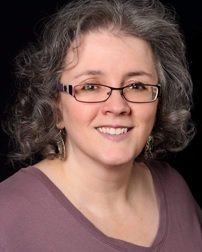
Alissa Barton (Knitting Fairy Original Designs) learned to knit and spin as a child and has never stopped. She discovered a love of teaching crafts in high school and has taught classes around the U.S. since 1990. She has published two books on knitting with bamboo and is currently working on her next book. You can find her on Ravelry, Facebook, Twitter, and Patreon as KnittingFairy and as TheKnittingFairy on Instagram.
Did you know we also have a monthly PLY newsletter? Sign up here!
PLY Magazine believes that Black lives matter, as well as LBGTQI+ lives. Those most vulnerable and persecuted in our communities deserve our love and support. Please be good to each other.

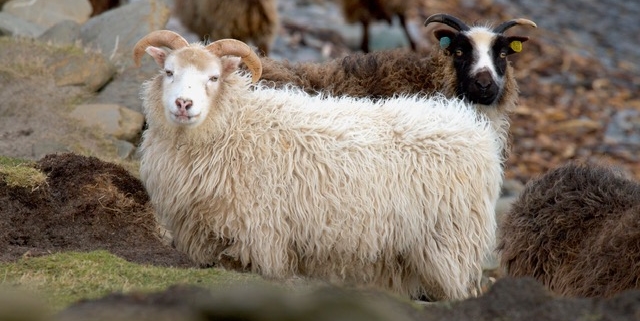
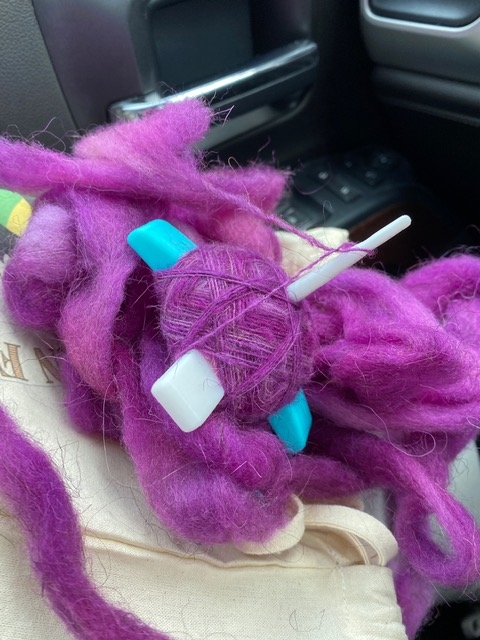
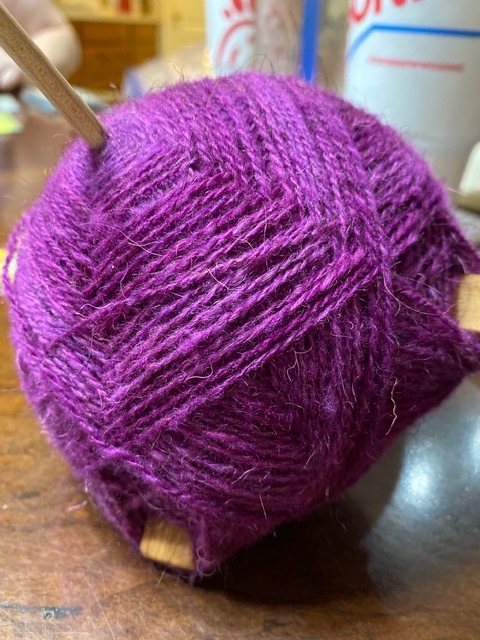
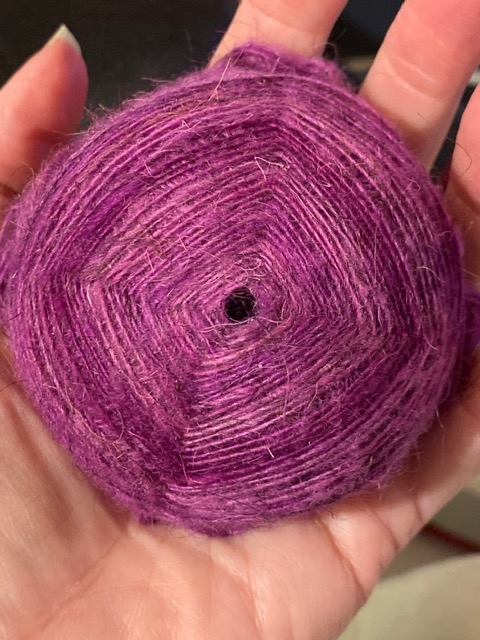
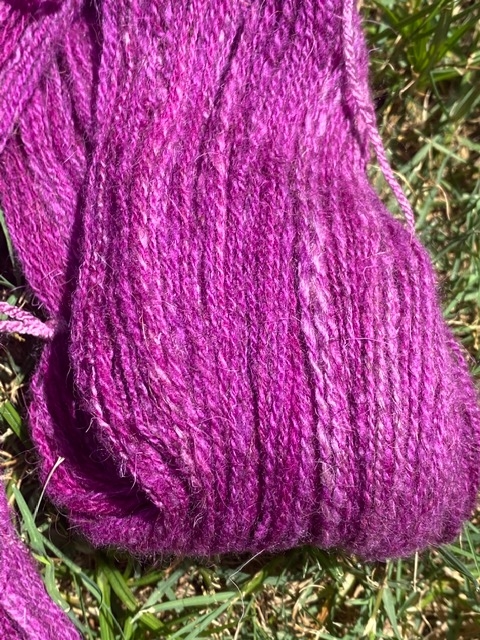
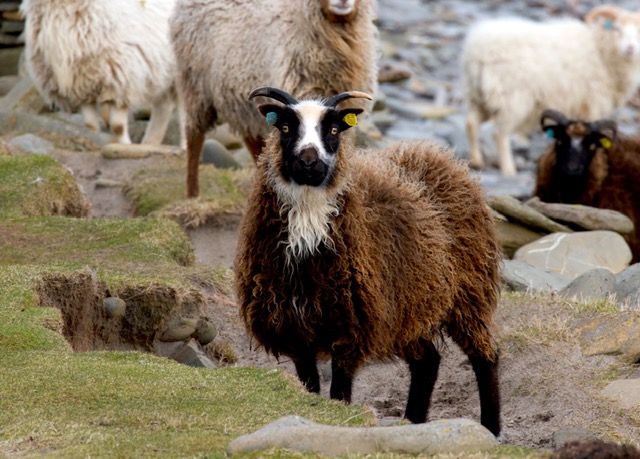
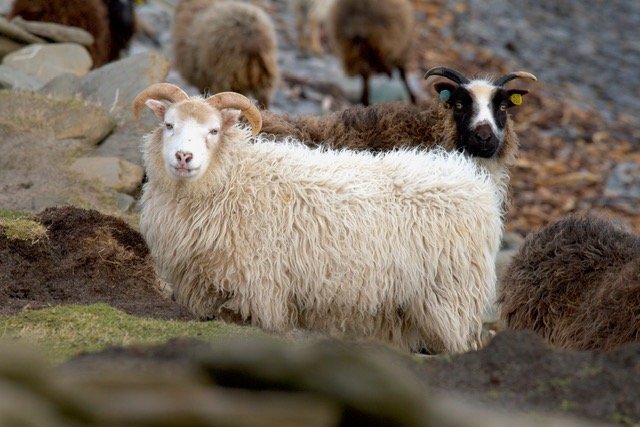
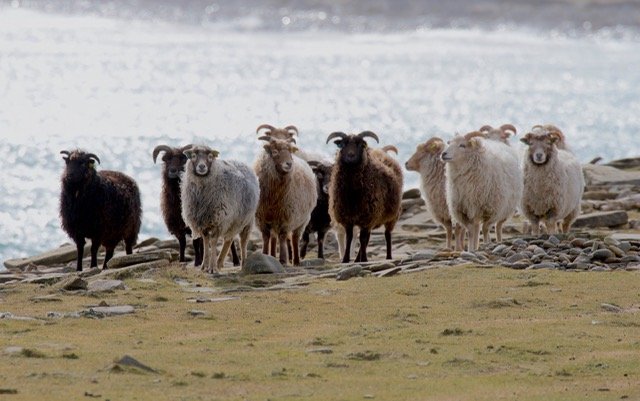
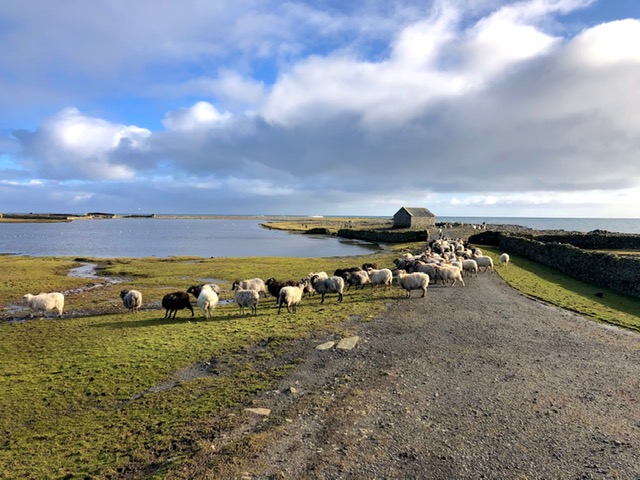



Leave a Reply
Want to join the discussion?Feel free to contribute!